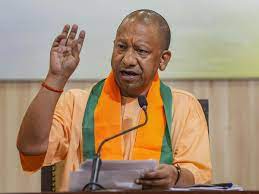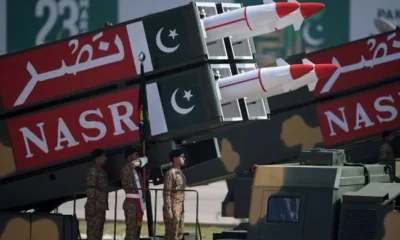

The bank anticipates prices to average $10,000 per metric ton by the year’s end and to rise to $12,000 by 2026. Hindustan Copper, a state-owned mining...


UPSIDA, the state nodal agency, has acquired 25,000 acres of land across 75 districts, facilitating specialized industrial clusters like the recent allocation in Lalitpur for a...


Reliance Industries on Monday posted a net profit of Rs 18,951 crore in the March quarter (Q4) of FY24, a 1.8 per cent decrease in its...


If one were to go by the Central Government’s poll manifesto which has stayed aligned to the pre-poll interim Budget, a strong adherence to the path...


Amidst an impending NCLT hearing spurred by investor discontent, Byju’s disburses partial salaries, paying teachers and lower-level staff in full while others receive 50 to 100...


The most significant case in decades on homelessness has reached the Supreme Court as record numbers of people in America are without a permanent place to...


The US has imposed sanctions on three Chinese companies and one from Belarus for secretly supplying missile-applicable items for Pakistan’s ballistic missile programmes, including its long-range...


Tesla slashed $2,000 off the prices of three out of its five models in the United States, reflecting the challenges faced by the electric vehicle manufacturer...


The highly anticipated visit of Elon Musk, the CEO of electric vehicle giant Tesla, to India has been temporarily put on hold. “Unfortunately, very heavy Tesla...


Ultratech Cement, on April 20, announced its acquisition of a grinding unit from India Cements in Maharashtra for Rs 315 crore. On Saturday, Ultratech Cement’s Board...